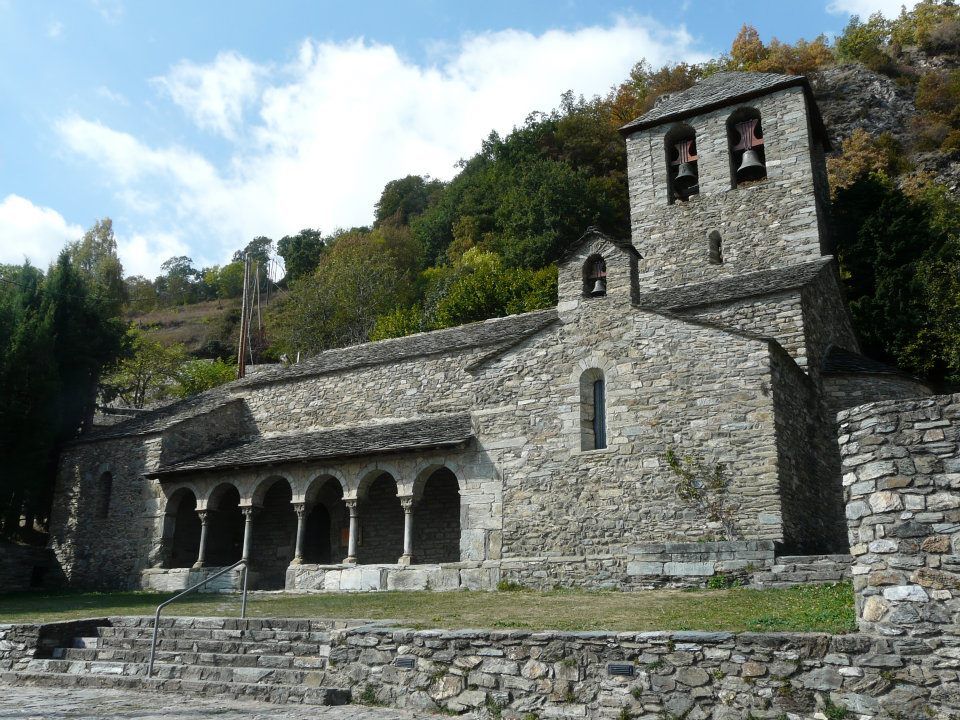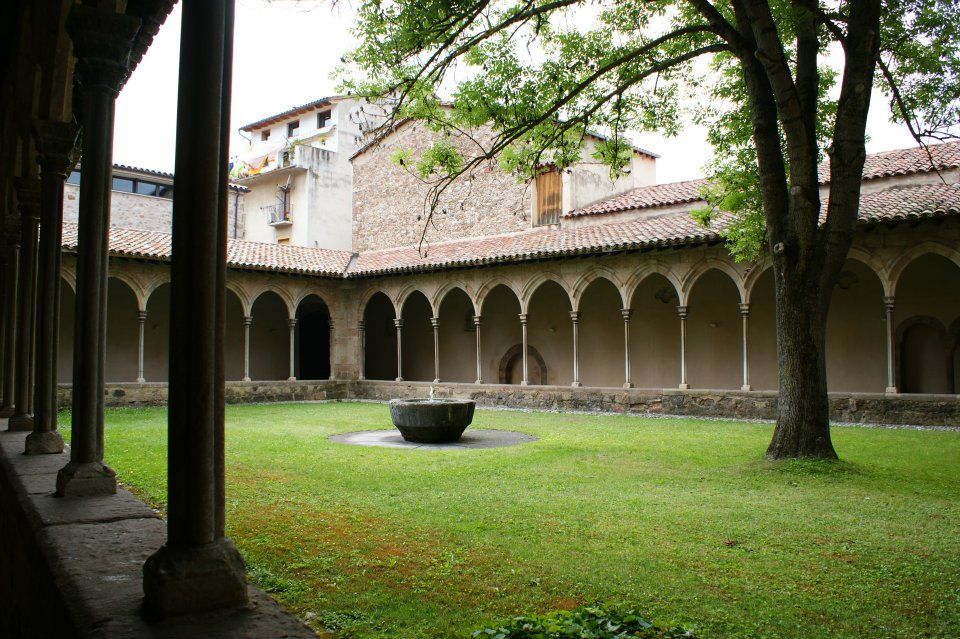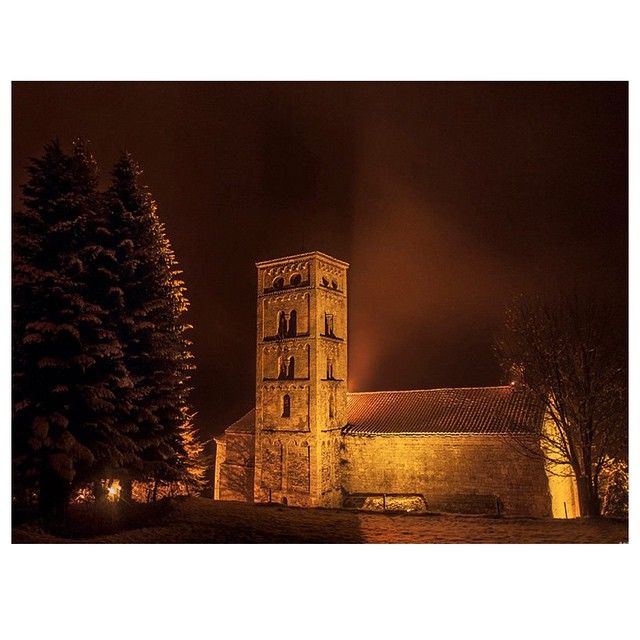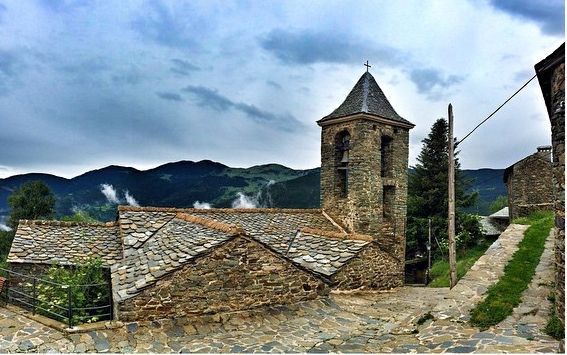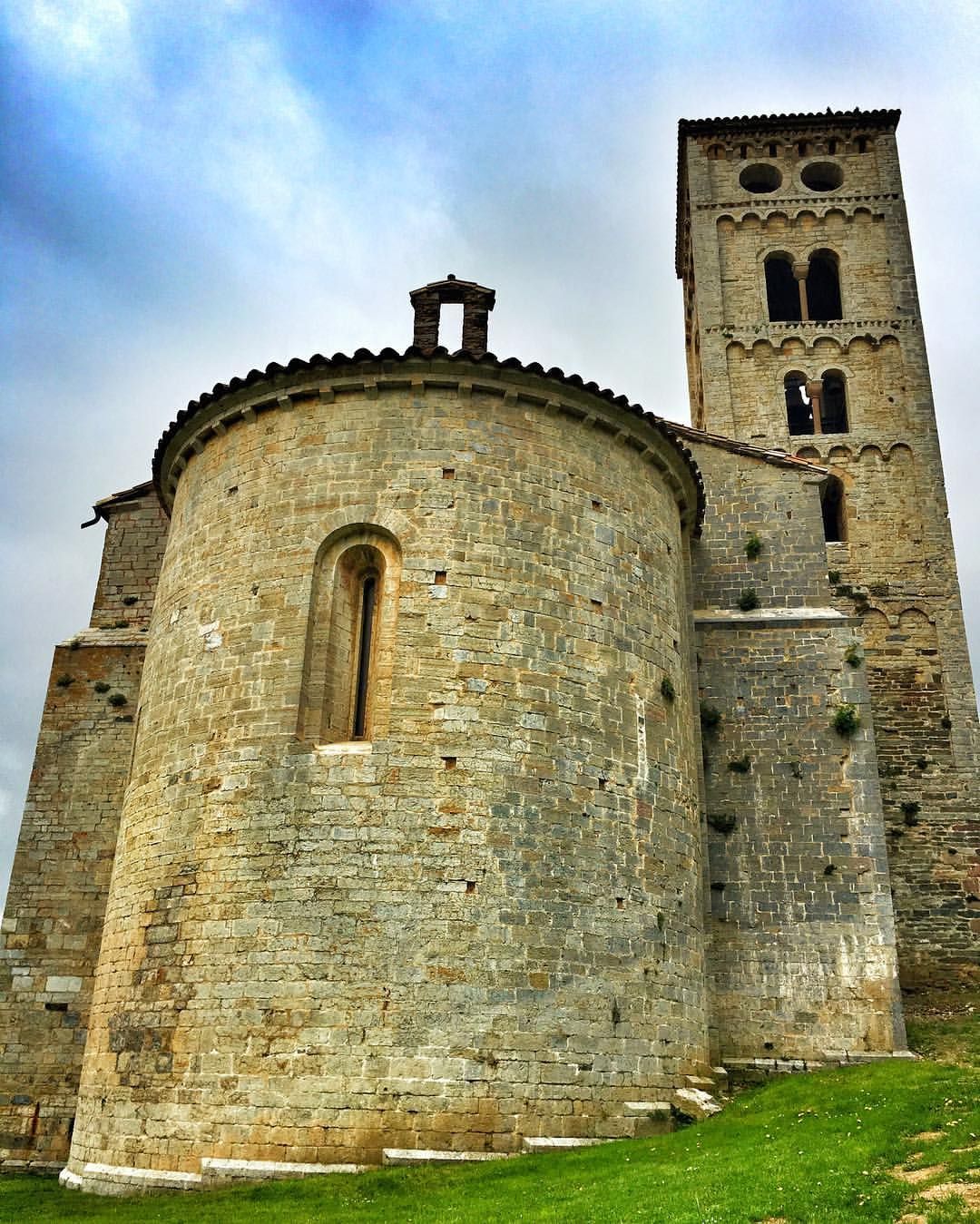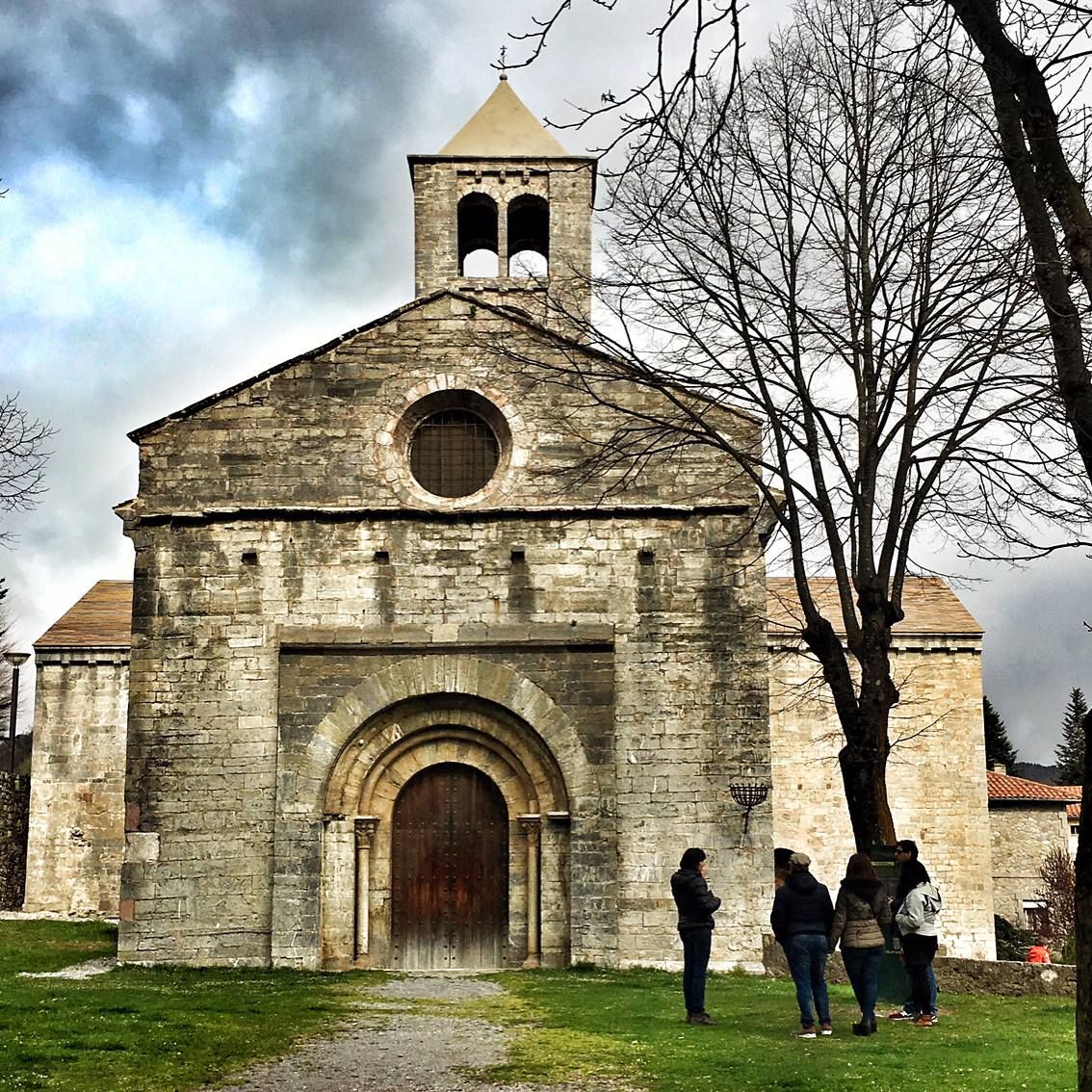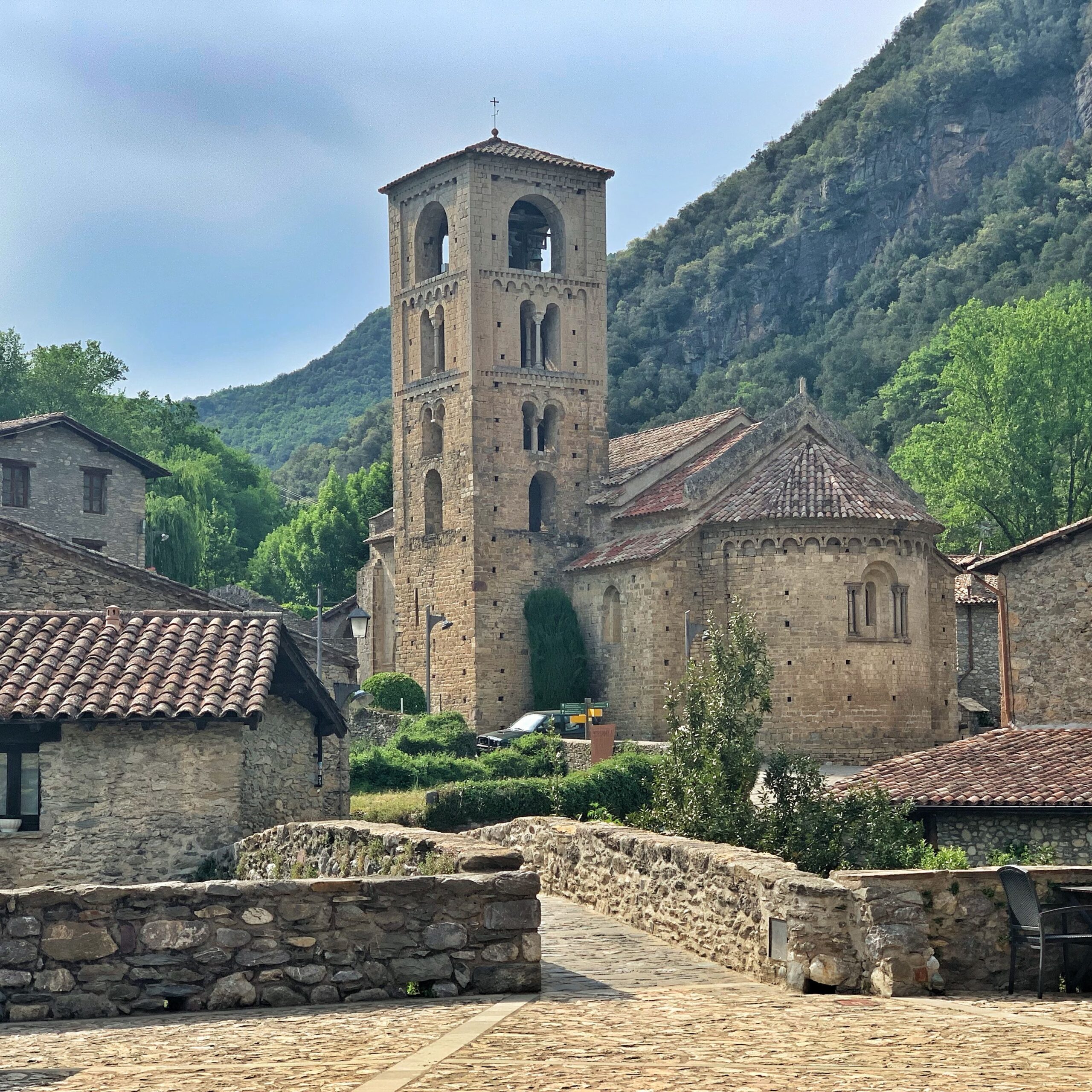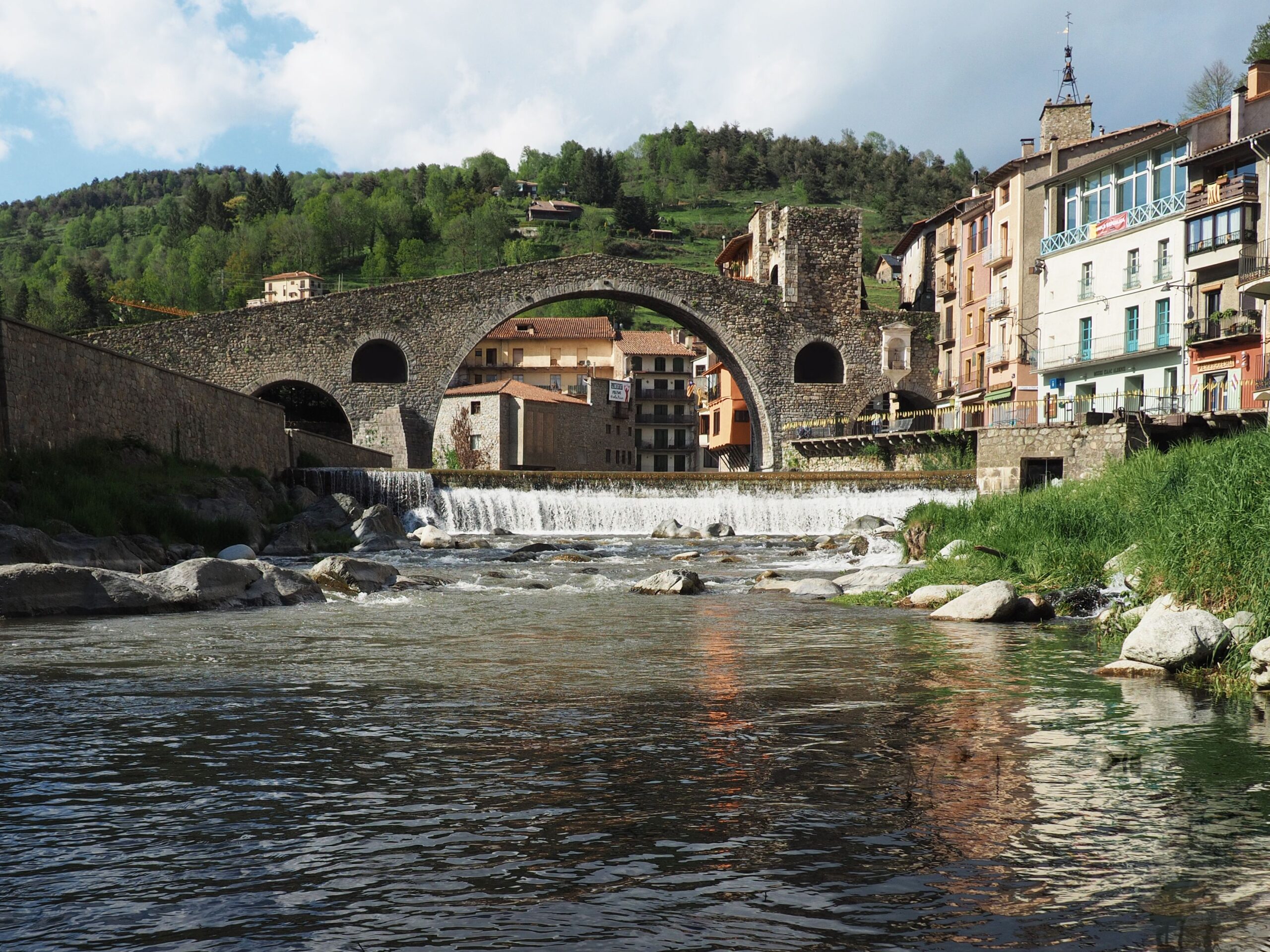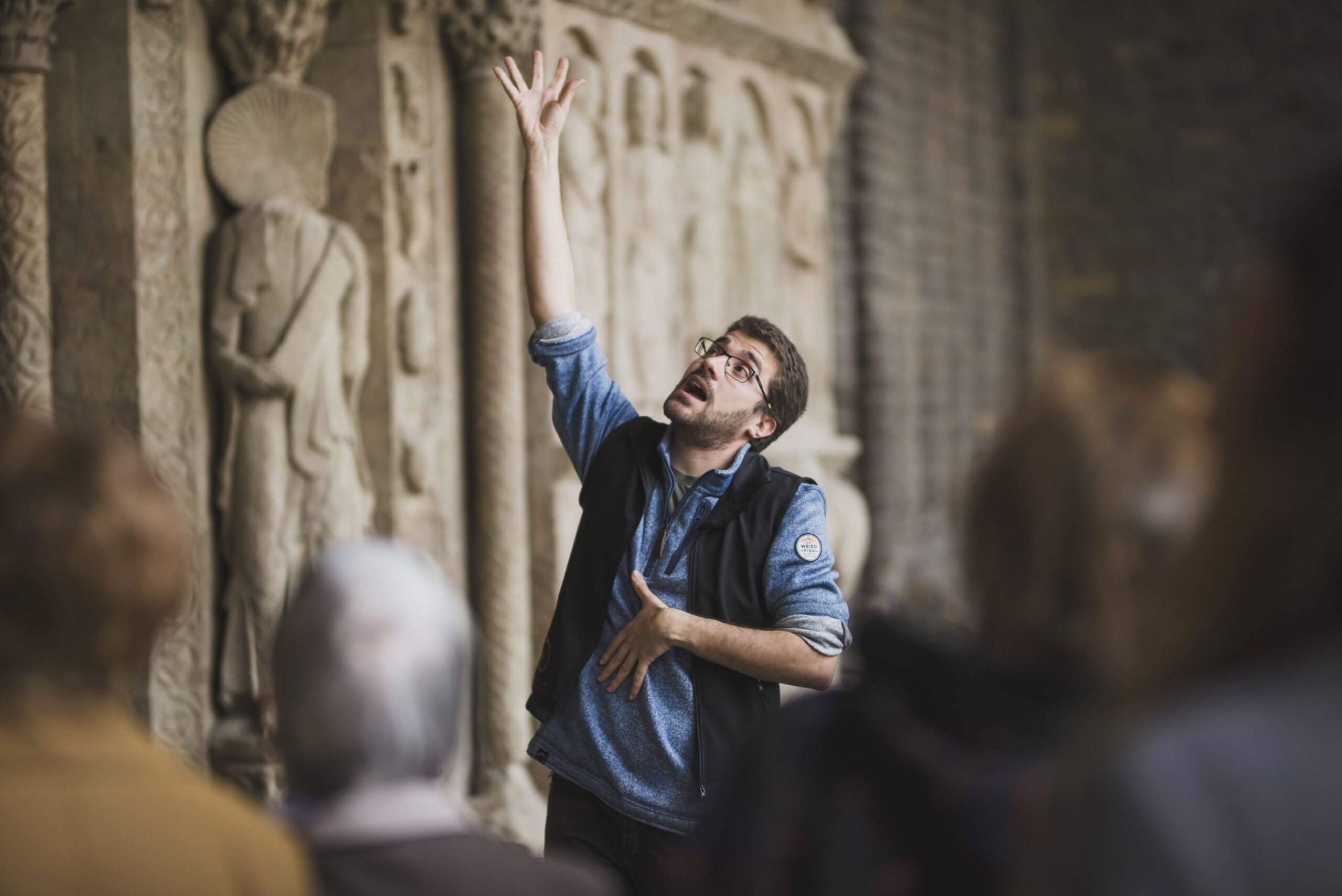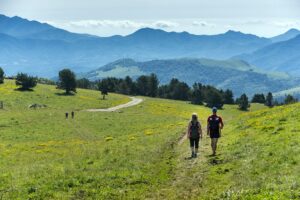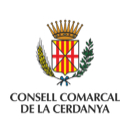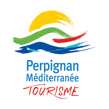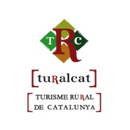Lux Mundi Serveis Culturals
What began a few years ago as an initiative to try to dedicate ourselves professionally to what we liked best, has over time become a service company where the word culture is always present in all projects and activities that we develop. Lux Mundi is dedicated to the comprehensive management of centers and cultural spaces, taking on tasks related to visitor care, carrying out visits and educational activities if the center has them, and creating new ones when necessary. It also documents, designs and markets guided tours and itineraries for groups, thus disseminating the spectacular heritage of our country.
CONCTACT INFORMATION
Lux Mundi Serveis Culturals
Experiences what offers
-
Visita guiada a la vila de Camprodon
In the heart of the Pyrenees we find the village of Camprodon, a beautiful place that has a tradition and more than a century. Camprodon, a term that comes from the place called Campus Rotundus, was born under the influence of the Benedictine monastery of Sant Pere and played a very important role during the territorial reorganization promoted by Guifré el Pelós. The guided tour of this beautiful town will reveal its most emblematic corners and allow us to know its origins, its heritage, its legends and its most important characters. We will visit, at the same time, the medieval and modernist remains of the town, vestiges that become a witness to its history.
-
Visita guiada al Monestir de Santa Maria de Ripoll
The guided tour of the monastic complex of Santa Maria de Ripoll allows you to discover one of the most emblematic monuments of art and history in Catalonia. A Benedictine monastery that, since the 10th century, has become one of the most important cultural and religious centers in all of Europe. The basilica, the magnificent cloister and the medieval necropolis bear witness to its splendor. However, the most outstanding element is the imposing sculpted portal of the 12th century, one of the jewels of Catalan Romanesque art.
-
Visita guiada al Monestir de Sant Joan de les Abadesses3
In the village of Sant Joan de les Abadesses we find the only female monastery in Catalonia, founded by Guifré el Pelós in 885 for his daughter Emma. The nuns lived there until 1017, when an accusation by Count Bernat Tallaferro led Pope Benedict VIII to order a decree that meant the fi of the community. The guided tour of the monastery will not only reveal its history, it will also allow us to know a splendid Romanesque construction and its peculiarities. We will also visit its interior, which houses some transitional and Gothic works of great importance.
-
Visita guiada al poble de Beget
Of all the corners of Ripollès, the town of Beget is without a doubt one of the most beautiful, which is why it has been declared a Cultural Asset of National Interest. The guided tour of this postcard village will take us to discover its beautiful Romanesque church, built during the tenth century, which becomes a sample of the pre-Pyrenees Romanesque in its purest state. The church, inside, houses the famous Majesty of Beget, from the twelfth century, polychrome wood carving revered since ancient times. set of details that make it one of the most beautiful Romanesque carvings currently preserved in Catalonia.
-
Visita guiada a l'església de Santa Cecília de Molló
The guided visit to the church of Santa Cecília de Molló will allow us to know a magnificent construction of the 12th century. It is a Romanesque building of great austerity in which, at the same time, we find some indications that lead us to date its origins in the early days of the repopulation promoted by Count Guifré el Pelós. Of its set, its bell tower stands out, decorated with the typical elements of Lombard Romanesque architecture, its access door and the chapel of San Sebastián. The latter was built by the people as a token of gratitude to the saint for saving the people from the terrible plague epidemic that devastated Europe during the Middle Ages.
-
Visita guiada a l'església i al castell de Rocabruna
A guided tour of the small town of Rocabruna will take us to discover its parish church, Sant Feliu de Rocabruna, a Romanesque building dating from the twelfth century. Of note in the church are the access door to the temple, made up of a set of arches in gradation, and the original Romanesque ironwork, in which geometric motifs and a bolt in the shape of a dragon's head stand out. At the same time it is worth highlighting the communion hall, an architectural structure that is still standing right next to the church. The route, at the same time, will lead us to the castle of Rocabruna, a fortification located in the middle of an extraordinary place, a privileged place from where the whole valley is dominated.
-
Visita guiada a l'església de Sant Víctor de Dòrria
Located on the Collada de Toses (Vall de Ribes), at an altitude of 1,550 m, we find Dòrria, the highest village in Ripollès. A beautiful place that for its great beauty and authenticity has been declared a Cultural Asset of National Interest. Of the different corners of the town the church of Sant Víctor de Dòrria stands out, where we find an extensive and complete pictorial set realized during century XII. It is a testament to its Romanesque past that, in turn, allows us to understand the role that painting had inside these churches.
-
Visita guiada a la vila de Queralbs
This guided tour allows us to discover one of the most emblematic villages in the Ribes valley, Queralbs, where we find its wonderful church. This is Sant Jaume de Queralbs, an exceptional Romanesque monument that stands out for its extraordinary narthex decorated with capitals and columns of blue marble from the 12th century. The route, at the same time, will make us get lost in its ancient streets, being able to admire such fascinating testimonies as the remains of an old castle, located in the middle of an unbeatable place.

